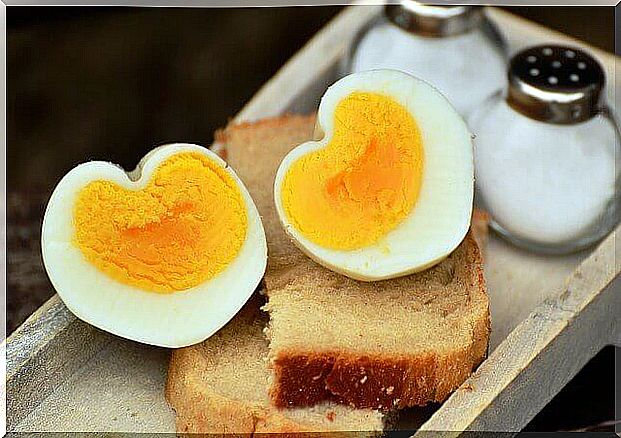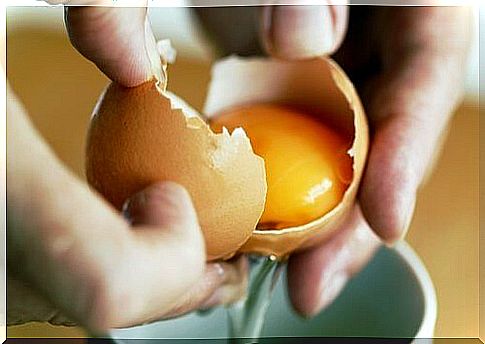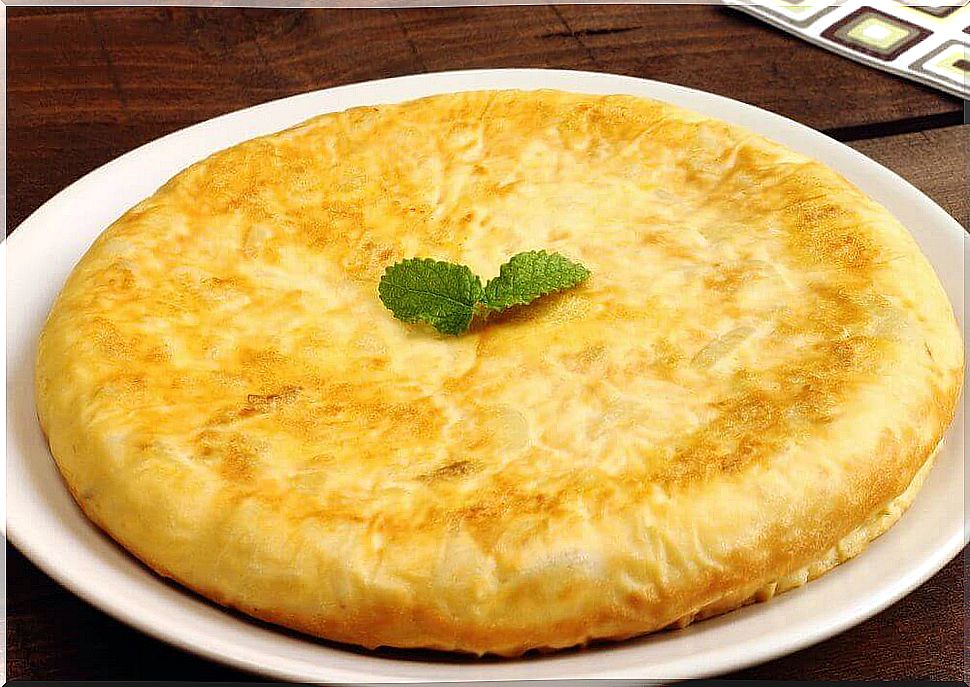When Should Egg Be Introduced Into Children’s Diet?

Undoubtedly, the egg is a food that cannot be missing from the children’s diet. However, we must know when and how to introduce it so that they can assimilate correctly.
This food is rich in nutrients and makes an exceptional contribution during the first years of life. Can the child consume eggs anyway? In truth no. But don’t worry, this doesn’t necessarily limit your options. Below we will discuss in more detail.
Egg Characteristics
The egg is made up of three parts: the shell, the yolk and the white. Together, white and yolk contain a high content of essential amino acids, fatty acids and other nutrients such as minerals and vitamins. In other words, nutrients are evenly distributed between white and yolk.
Egg white is composed of 88% of water and proteins, among which ovalbumin stands out. For this reason, in some types of diet it is recommended to eat only the egg whites. In turn, yolk is rich in fats, minerals and phosphate-rich proteins.

Benefits of introducing egg into children’s diet
- Contains all the necessary nutrients for children’s healthy growth.
- Provides energy due to its high protein content.
- Due to its soft consistency, it is easy to chew and digest.
- Provides vitamin D to the body in a natural way.
- Yolk contains monounsaturated fats, so it is not harmful to the body.
For this and many other benefits, we must include eggs in children’s diets. For this, one egg a day is recommended, of course, depending on the child’s age.
The introduction of eggs in children’s diets should be done little by little. From 6 months of age onwards, it is recommended to start with the yolk and preferably well cooked, without the addition of salt.
From 10 months onwards, you can start introducing the egg in other forms, such as scrambled (unseasoned), omelet and boiled. Fried eggs should be avoided until 24 months of age.
Regarding the amount of egg, it is recommended not to overdo it. So start by offering half an egg for the first 6 months and then a whole egg. It is not recommended that children eat too many eggs, exceeding the amount corresponding to their weight.
Ideas for introducing eggs into children’s diets
Egg nests with spinach and cheese
Ingredients
- 1 egg
- Butter
- Cheese (to taste).
- Spinach cream
- Optional: onion
Preparation mode
- Break the egg, beat and set aside.
- Butter a baking sheet and add the cream of spinach, until about halfway.
- With a large spoon, cut a few holes in the spinach.
- Pour a beaten egg into each hole.
- Season with just a touch of salt and then add the cheese. Then place in a bain-marie.
- Bake for about 15 minutes or until eggs are cooked through.
colored omelets
Ingredients
- 2 eggs
- 1 piece of cooked carrot
- 1 cooked beet
- 4 spinach leaves
- 1 tablespoon of oil
- A bit of salt
Preparation mode
- Beat eggs and add salt (just a little).
- Place the beaten eggs in three different containers, dividing them into equal parts.
- With the other ingredients, make three purees: one with carrots, one with beetroot and one with spinach.
- Then add each puree in the respective recipients with beaten eggs.
- Put the oil in a hot skillet.
- Pour mixture one at a time to have colorful omelets.

potato omelet
Ingredients
- 1 potato
- 2 eggs
- 1 tablespoon of oil.
- Salt and cheese to taste.
Preparation mode
- Cut the potato into small pieces and cook in oil.
- Beat eggs in a bowl and add salt. Place the boiled potatoes in the bowl with the beaten eggs.
- Place the entire mixture in a skillet. Once cooked on one side, turn with a spatula or a plate. This way the omelet will be very golden on both sides.
Nowadays it is even possible to find powdered eggs on the market , although it is usually intended for confectionery. Although it’s usually not used normally, it’s okay if it’s more convenient for you.
Egg is a food that must be used in a balanced way so that it can really contribute to children’s nutrition and, therefore, to their health.








